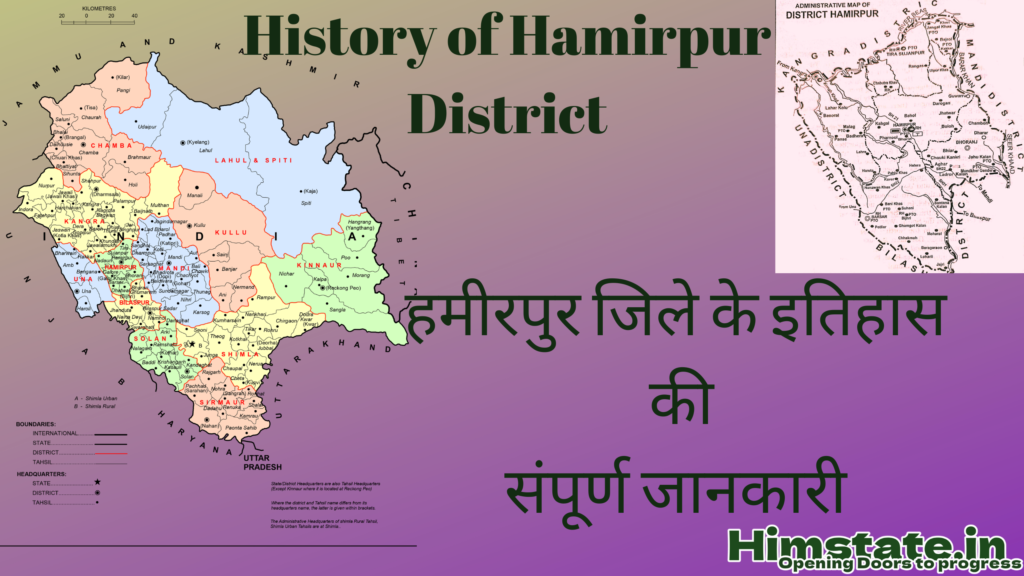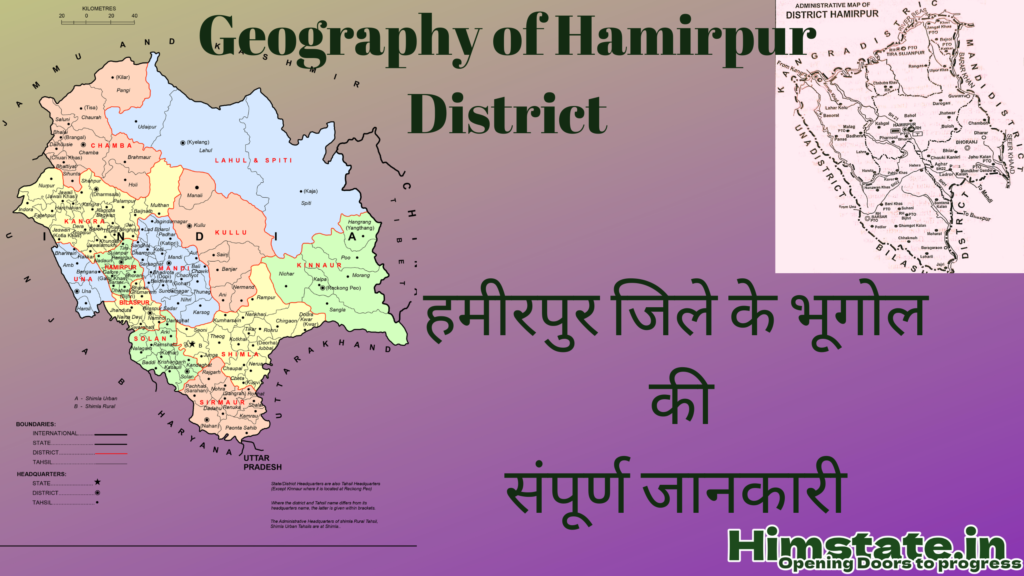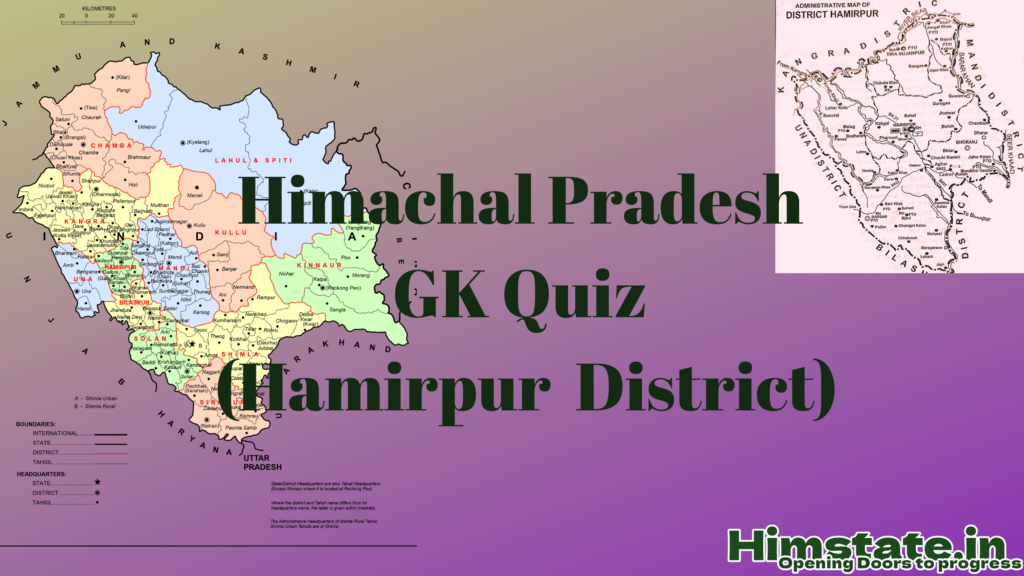Unraveling the USSR’s Strategy, India’s Role, the Afghan Angle & Today’s Geopolitical Realities.
The Indo-Pakistan War of 1971 has played a major role in the world of geopolitics. The third Indo–Pakistan war has made India a dominant player in South Asia. This military confrontation between India and Pakistan was one of the biggest wars during the Cold War era, This war took place during the Bangladesh Liberation War / Bangladesh War of Independence in East Pakistan. The 1971 Indo-Pak War led to the creation of Bangladesh and forever reshaped South Asian geopolitics.
India supported the Mukti Bahini (Bangladeshi freedom fighters), while Pakistan, led by Yahya Khan, received backing from China and the Nixon-Kissinger administration in the U.S. Meanwhile, India had developed a strong strategic partnership with the Soviet Union(USSR), making the 1971 war a significant chapter in the global chessboard of Cold War ambitions. But behind the battlefield victories and diplomatic frontlines lies a deeper and more complex theory — one that involves espionage, global diplomatic tactics, and Cold War ambitions.
What was Russia’s role in the Indo-Pakistan War of 1971?

There are two key perspectives on the USSR’s(Russia’s) involvement in the 1971 Indo-Pak war. One is documented facts, and the other is more speculative but widely discussed among strategic analysts and former intelligence officers.
The Theory: KGB’s Strategic Diversion?
Some of the ex-R&AW officers and geopolitical historians believe that the KGB (Soviet intelligence) had a strategic objective. According to this theory, the USSR sought to divert the United States’ attention from Afghanistan, where the political instability was pushing the region towards communism. In 1971, America was trying to open diplomatic relations with China (via Pakistan). The USSR wanted to trap the US’s attention in South Asia, so they encouraged India to act against Pakistan. While America would be busy with Pakistan, the USSR could consolidate its influence over Afghanistan (which was becoming unstable and moving closer to communism).
This theory was never officially proven. It’s based on some intelligence leaks and interpretations.
The Fact: A Strategic Indo-Soviet Alliance
Just before the war, India and the USSR signed the Indo-Soviet Treaty of Peace, Friendship, and Cooperation in August 1971, offering assurance to both India as well as Mukti Bahini in case of confrontation with the USA or China if the situation worsened. Russia wanted to counterbalance America and China, both supporting Pakistan. India was a natural partner for the USSR to check American influence in Asia. This strategic alignment also explains how Russia helped Bangladesh in 1971.
By supporting India militarily and diplomatically, the USSR indirectly enabled the success of the Bangladeshi liberation movement. By helping India, the USSR:
By helping India:
- USSR: Strengthened its foothold in South Asia.
- Weakened an American ally (Pakistan). Increased dependency of India on Soviet military hardware and support.
The Soviet Union’s military and diplomatic support proved critical in deterring external intervention, particularly from the U.S. Seventh Fleet, which was deployed in the Bay of Bengal during the war.
India-Israel Relations in 1971
During the 1971 war, Israel was not a formal strategic ally of India. However, it still stood by India by providing military aid such as ammunition, mortars, and training for the Indian Army. This action by Israel during one of India’s most difficult times at war helped India begin to gain global support. It was a major success for Indian diplomacy and intelligence, as their efforts to gather international backing were reflected in this move by Israel. July 1971 was the time when Israeli Prime Minister Golda Meir told Israeli arms manufacturer “Shlomo Zabludowicz” to help out India and Bangladesh’s Mukti Bahini with ammunition and Mortars. Intelligence sharing also laid the foundation for future trust between the two countries.

What is the Blood Telegram and U.S. Policy?
During the early days of the Bangladesh Liberation War, Archer Blood, the U.S. Consul General in Dhaka, sent a dissent note on March 27, 1971. Blood sharply criticized the Nixon administration’s continuous support for the Pakistani military, despite credible reports of mass killings, human rights violations in East Pakistan (now Bangladesh). He described the U.S. Policy as “morally bankrupt” and condemned the American leadership for supporting the genocide in East Pakistan. That telegram was signed by multiple U.S. officials in Dhaka became a historic example of diplomatic dissent and revealed serious internal rifts within the U.S. State Department regarding its South Asia policy. The document is now considered a critical piece of evidence in understanding America’s controversial role during the Indo-Pakistani War of 1971.
Different Eras, Different Interests: Who Is Russia’s Friend Today?
Is Russia a Friend of India or China? Who is Russia’s ally today? Such are the questions one could ponder by analysing the historical scenarios with today’s Geopolitics. In 1971, China was close to America because they both saw the Soviet Union (Russia) as a bigger threat.
China and the USSR (both communist countries) became rivals as the Sino-Soviet Split had already happened by the late 1950s–1960s:
So in 1971:
- USSR + India = strong alliance.
- China + America = temporary cooperation (against USSR and India).
Modern Russia-China Ties: Strategic Friendship?
After the collapse of the Soviet Union (1991), Russia became weaker. Meanwhile, China became economically powerful. America emerged as the sole superpower. Now, both Russia and China feel threatened by America’s global dominance So, Russia and China put aside their old rivalries and became strategic partners against the common pressure from the West (especially the USA and NATO).
China imports Russian oil, gas, and weapons
Joint military drills like the Vostok exercises
Cooperation in the UN and opposition to American sanctions
Important Points:
- They are not real “allies” like NATO countries.
- It’s more like a partnership of convenience — temporary, based on mutual interests.
India’s current geopolitical strategy: India’s Multi-Alignment strategy
India wants to stay independent and not fully join any camp, unlike the Cold War times. India is smartly allying with all the big nations without being dependent on one.
- Friendly with Russia (for weapons, energy, and historical ties).
- Friendly with the U.S. (for technology, trade, and countering China).
- Friendly with Europe, the Middle East, and even Japan, Australia.
- Cautious and strong against China (especially after 2020).







Shabaash